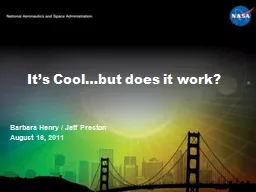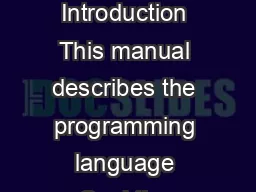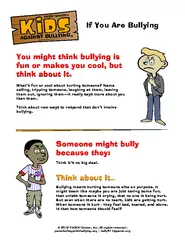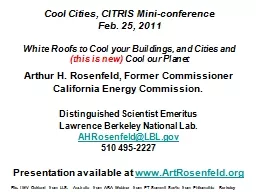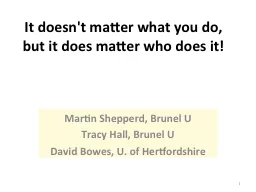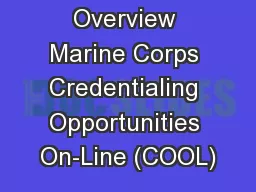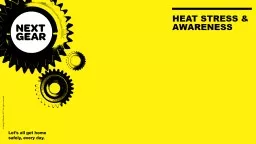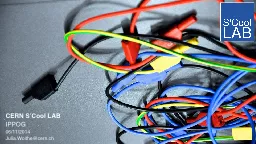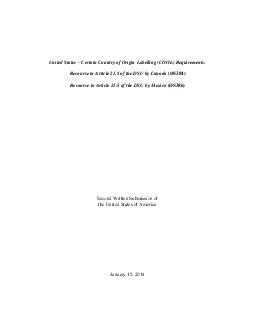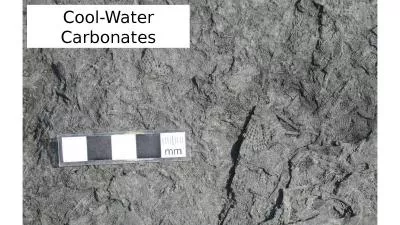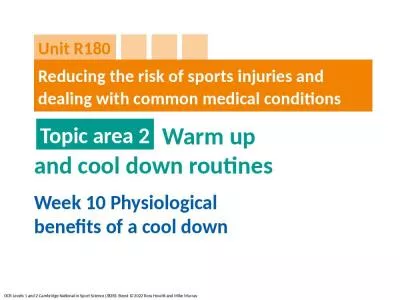PPT-It’s Cool…but does it work?
Author : blondield | Published Date : 2020-06-22
Barbara Henry Jeff Preston August 16 2011 Outline The Value of the User Experience UserCentered Design Tools amp Resources Making it Stick Questions Answers Identification
Presentation Embed Code
Download Presentation
Download Presentation The PPT/PDF document "It’s Cool…but does it work?" is the property of its rightful owner. Permission is granted to download and print the materials on this website for personal, non-commercial use only, and to display it on your personal computer provided you do not modify the materials and that you retain all copyright notices contained in the materials. By downloading content from our website, you accept the terms of this agreement.
It’s Cool…but does it work?: Transcript
Download Rules Of Document
"It’s Cool…but does it work?"The content belongs to its owner. You may download and print it for personal use, without modification, and keep all copyright notices. By downloading, you agree to these terms.
Related Documents

